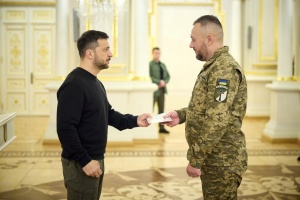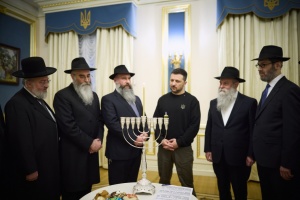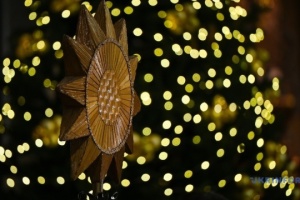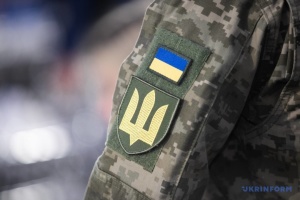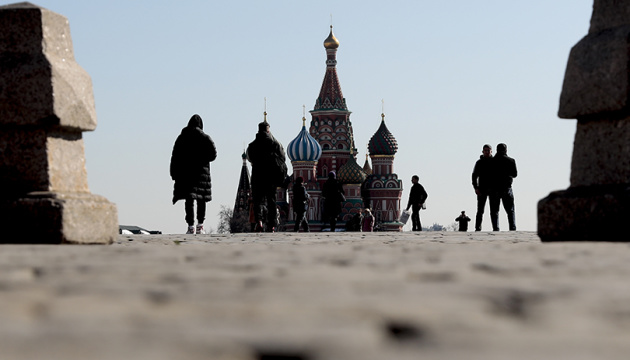
How Russia “ground down” Ukrainians
Speaking at the MGIMO University on September 1, Russian Foreign Minister Sergei Lavrov said: "We have never tried to grind down the traditions, culture, language of those peoples who have inhabited the territory of our country since the Russian Empire, then the Soviet Union, and now the Russian Federation.” But then why is the vast majority of languages in Russia endangered? And where have millions of Ukrainians disappeared?
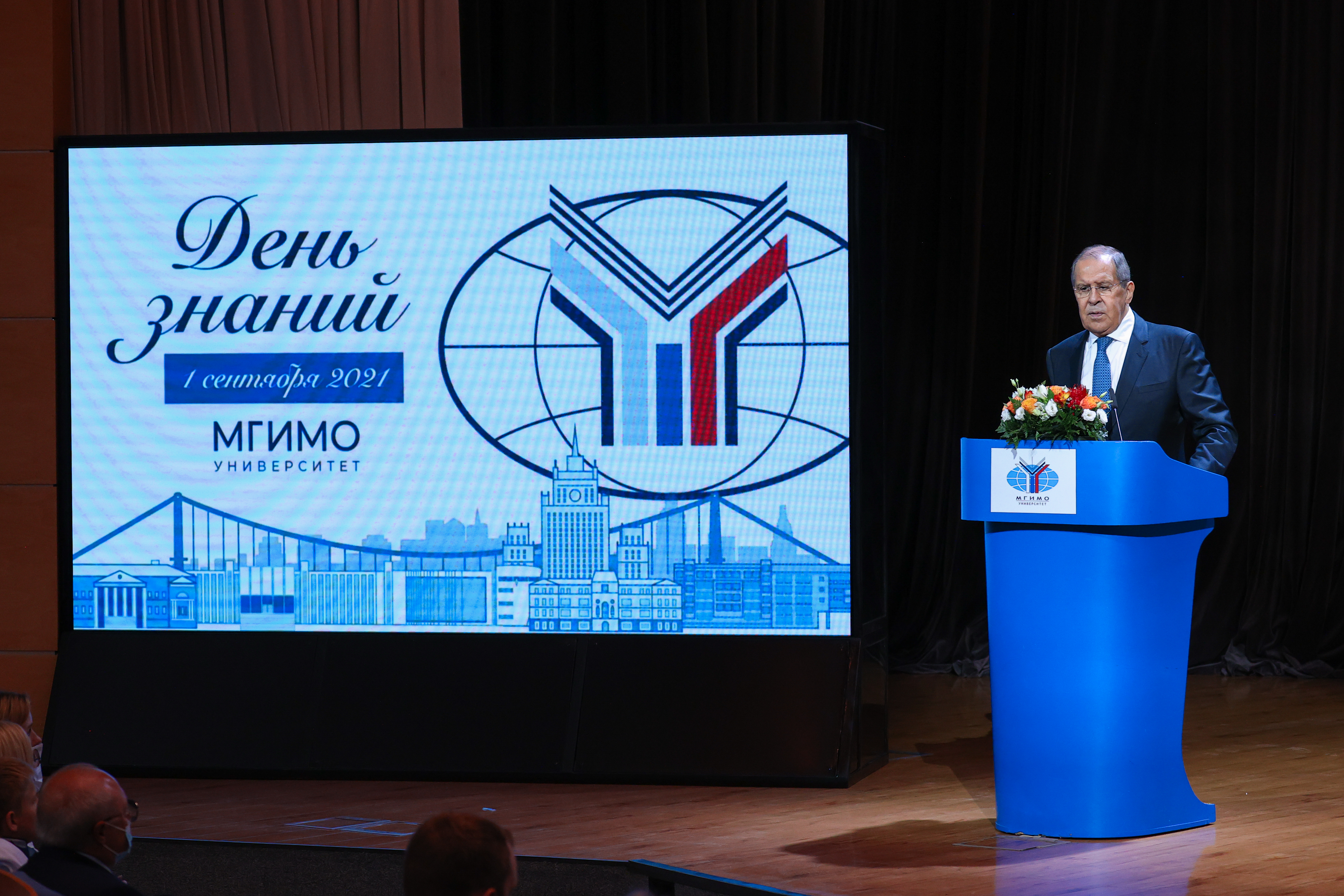
The territory of Russia covers one-eighth of the entire land surface on Earth, with the population constituting 1.9% of the world’s, while languages spoken in Russia account for about 2% of all the world’s languages. At the same time, over 90% of these languages (121 out of 131) are threatened to a varying extent, according to UNESCO assessment. The report says 19 languages are “vulnerable,” while the rest are in an even more critical situation.
In late 2019, a post by a High School of Economics Professor Gasan Guseynov made quite a splash in Russia, where he wrote that in the capital of a multinational country “hosting hundreds of thousands of Ukrainians and Tatars,” nothing is available in languages other than Russian. Perhaps that is why, Guseynov wrote, it seems to some Russians that Russian speakers in Ukraine are unable to learn Ukrainian. The professor was soon fired.
Despite Russia’s rhetoric about its multinational nature and multilingualism, the presidential Hotline only accepts questions in Russian, while letters to Ukrainian political prisoners in Russian prisons won’t be delivered if written in any other language. Federal TV and radio broadcast entirely in Russian as well. It is the only available language of vocational and higher education, including the Single State Exam in secondary school. National languages, on the other hand, have not been mandated in schools since 2018. In September 2019, Albert Razin, a Russian scientist, set himself on fire in defense of the Udmurt language (the number of speakers dropped by a third from 2002 to 2010 alone), protesting against the innovation. The government turned a blind eye to the dramatic move.
According to a 2010 census, some 552,000 Udmurts were living in Russia, along with 1.9 million Ukrainians, making the latter the third-largest ethnic group in the Russian Federation, after Russians and Tatars. They also make up for the world’s largest Ukrainian diaspora. Somewhat fewer (1.3 million) people of Ukrainian descent reside in Canada.
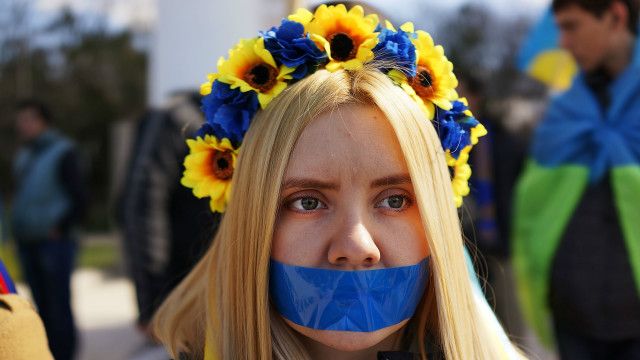
However, overseas it is much easier than in the “sisterly” Russia to remain a Ukrainian, as noted by Forbes. Families are welcome to baptize a child either in a Ukrainian Orthodox or Catholic Church. The child is free to attend a Ukrainian kindergarten, and then, they can learn their native language and history in a municipal secondary school. There are 12 schools like that in Toronto and suburbs, and 25 in the Province of Ontario. In Russia, on the other hand, there are no government schools where Ukrainian is the language of command. Any attempts to open them, as explained by Mykhailo Ratushnyk, head of the Ukrainian World Coordinating Council, immediately get into the FSB focus, with its operatives starting to intimidate the initiators.
“Over the past 20 years, the Ukrainian diaspora in Russia has been under enormous pressure from the government, both at official and unofficial everyday levels,” was mentioned at the V All-Ukraine Research Conference in 2013.
Needless to say, it has become very inconvenient to be a Ukrainian in Russia since 2014.
“If we speak about Ukrainians and Crimean Tatars, they are almost the most disempowered people in Russia. It is simply dangerous to be a Ukrainian or a Crimean Tatar. Going to a Ukrainian church, studying the language (you can do it in Kuban, but as a “Russian dialect,” “Kuban-speak”) – it is all informally prohibited, said Director of the Oleksandr Nykonorov Foreign Policy Research Center and co-coordinator of the “Kuban with Ukraine” Committee Serhii Parkhomenko.
On the other hand, being a Ukrainian had become dangerous in Russia long before 2014.
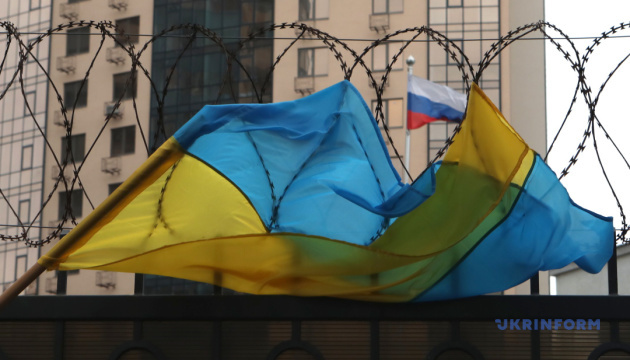
According to a 1926 census, Ukrainians were the second-largest ethnic group in Russia. Back then, it was 7.8 million people. By the next census, the number more than halved – in 1939, there were just 3.3 million Ukrainians in Soviet Russia. Over the past century, Ukrainians in Russia remained at a quarter of the previous number. Given the circumstances, it would be fair to call it “cultural genocide.”
Kuban
This genocide was most severe in the 1930s when forcible suppression of Ukrainians and their culture started in regions with a historically high Ukrainian population, particularly Kuban.
The first general census of the Russian Empire of 1897 recorded more than 900,000 Ukrainian speakers in Kuban (62% of the total population). Manifestations of the Ukrainian culture were so strong in Kuban that soon after the revolution in the Russian Empire, Kuban People’s Republic emerged, and its Legislative Council in 1918 adopted a resolution to join the Ukrainian National Republic in the form of a Federation. The merger never happened due to aggression by Soviet Russia. In 1920, Kuban People's Republic was destroyed by the Bolsheviks. However, insurgent units operated in the Kuban area until 1925.
The Soviet census of 1926 showed there were 915,000 Ukrainians in Kuban. At the time of a 2010 census, there were 84,000 left.
In 1992, film director Valentin Sperkach shot a documentary entitled Cuban Cossacks. For Two Hundred Years Now..., which tells the story of Zaporizhia Cossacks moving to Kuban and the genocide of Ukrainians in Russia.
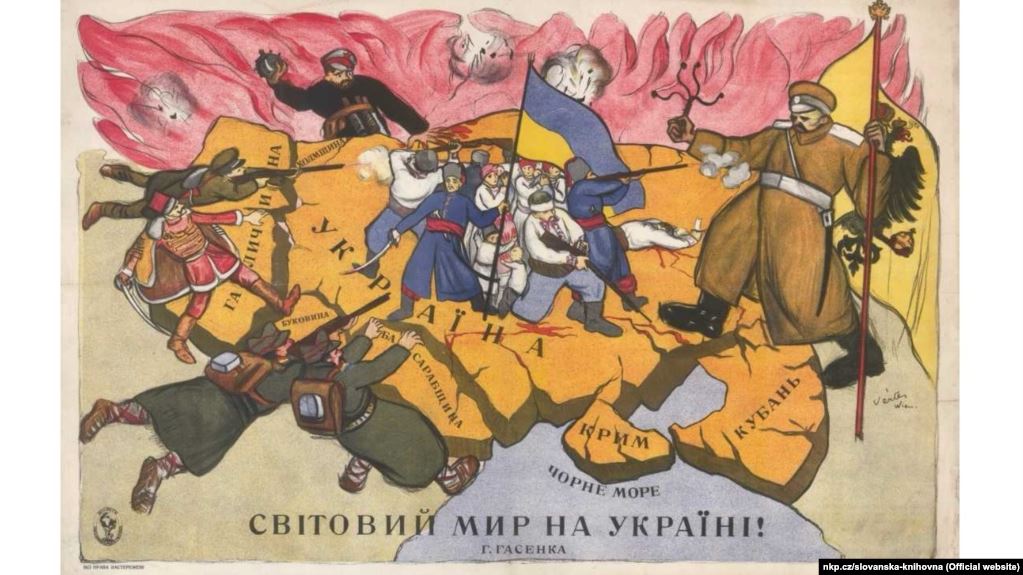
Its characters open up about their experiences: “Why am I registered as Russian, not Ukrainian... Because we were being strangled, so help us God!.. The entire Krasnodar Krai was made Russian... We were Ukrainians, and now we no longer know who we are. Shapeshifters... In school, I studied in Ukrainian. And we spoke Ukrainian. And since 1933, everything has come to naught.”
On December 14, 1932, the Central Committee of the CPSU (b) and the SNC of the USSR adopted a resolution "On Grain Procurement in Ukraine, the North Caucasus, and the Western region," which radically changed approaches to national policy: the fight against “Petliura's Ukrainization" in the Ukrainian SSR and against any manifestations of Ukrainization in the North Caucasus. The next day, the ban on the use of the Ukrainian language in education, office work, and press was extended to other regions of Soviet Russia with a highly dense Ukrainian population.
This was accompanied by repressions. According to one of the characters of Sperchak's documentary, his family was saved from deportation after his father forbade him to enroll in a Cossack culture club at school. The families of all kids who had signed up were deported.
Far East
Another powerful Ukrainian center outside Ukraine, besides Kuban, was Green Ukraine – a territory in the southern part of the Far East. Based on various estimates, Ukrainians constituted a third to a half of the population in the Far East. In some areas, they even accounted for 60–80% of the population.
“This is a big Malorossiya village. The main and oldest street is Mykolska. Along the entire street, on both sides, white huts are lined up, occasionally still covered with straw... people from the Great Russian counties are barely noticeable among those from Poltava, Chernihiv, Kyiv, Volyn, and other Ukrainians – they vanish among the primary Malorossiya element... People sport Ukrainian clothes. You can hear the joyful, populous, and lively Malorossiya speech everywhere” correspondent Ivan Illich-Svitych wrote, describing the city of Ussuriysk in 1905.
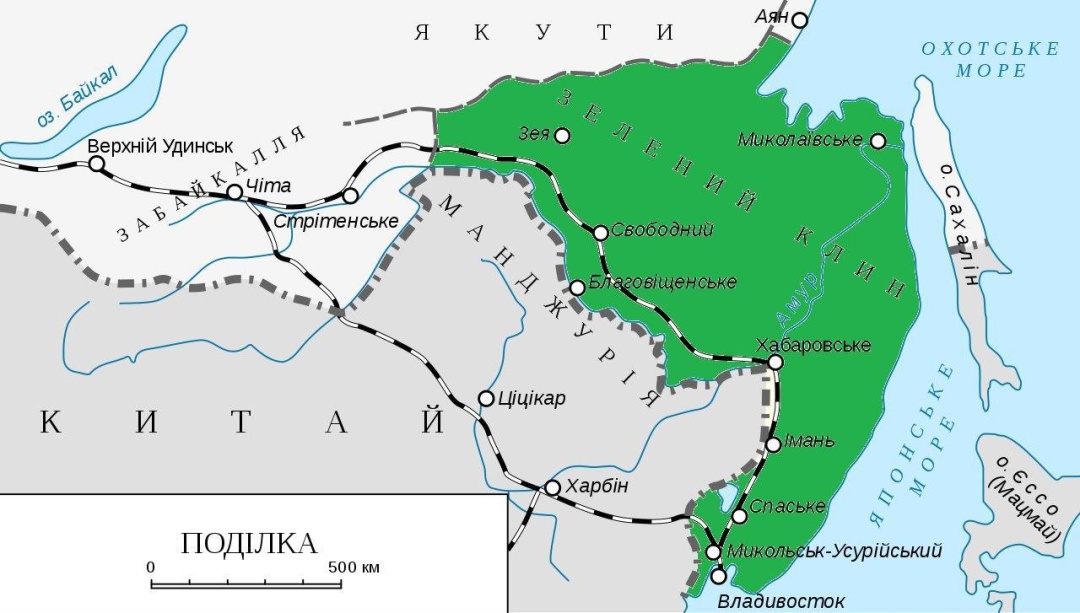
From June 1917 to January 1918, the Provisional Far Eastern Ukrainian National Committee, which was the main executive body of the Ukrainian Far Eastern Republic, was located here in Ussuriysk. Ukrainians also tried to form their state in the Far East.
Throughout its existence, the state-building movement in Green Ukraine focused on unification with the Ukrainian People's Republic. The Second All-Ukraine Congress of the Far East, held in Khabarovsk in January 1918, appealed to the government of the Ukrainian People's Republic, demanding that the Russian government recognize Green Ukraine as part of the Ukrainian state.
“Of course, the conditions were hardly auspicious – civil war between the Red and the White armies was already underway in the Far East. Both of them were very negative, even hostile, towards Ukrainians – not only towards their aspiration for independence, but even towards their cultural needs,” said Viacheslav Chornomaz, researcher of the Ukrainian diaspora in the Far East and its representative, editor of the encyclopedia Green Ukraine. Ukrainian Far East.”
But as soon as the 1930s, the Far East turned into a “desert of Ukrainian culture,” said Chornomaz. Ukrainians had no opportunity to preserve their identity.
Siberia
The third center was the Ukrainian communities of Grey Ukraine – the territory of Ukrainian colonization in Siberia. After the February Revolution of 1917, the Ukrainians of Grey Ukraine established their own self-government and military units in Siberia. At the First Ukrainian Congress of Siberia in Omsk in July-August 1917, the Main Ukrainian Council of Siberia was elected.
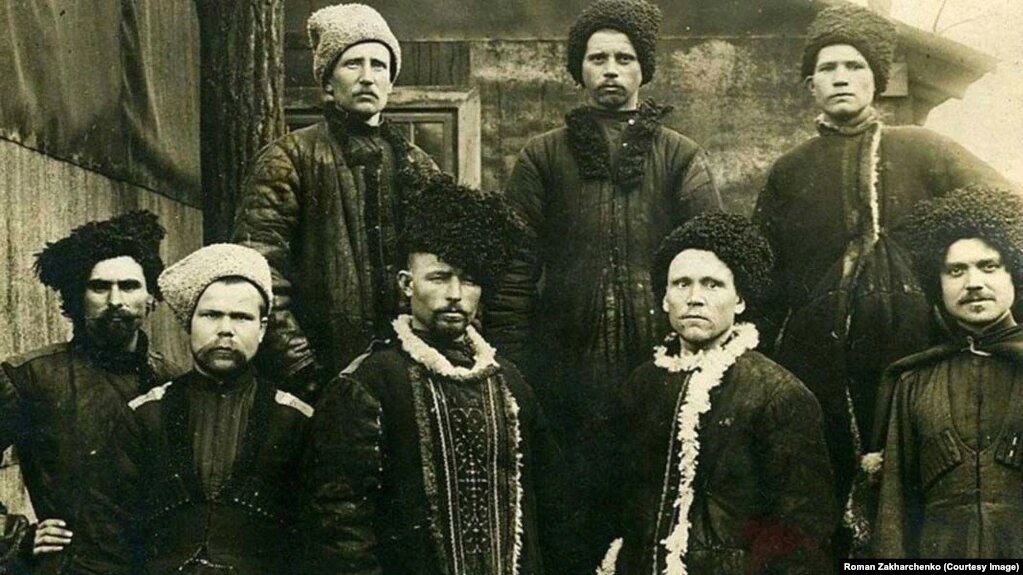
Ukrainian state movement in Siberia stretched across the regions of Western Siberia, where Ukrainians accounted for the majority of the population. At the time of the Ukrainian governmental movement in Grey Ukraine, Ukrainian press was available, Ukrainian unions and associations were created, and even Ukrainian national rallies were held, flying blue and yellow flags.
After termination of the Ukrainian statehood in Grey Ukraine and the occupation of Western Siberia by the Bolsheviks, the Ukrainian population, which constituted about 40% of the 1.5 million people of Grey Ukraine, was destroyed or assimilated.
Volga Region and Others
In addition to Green and Grey Ukraine, there was also the so-called Yellow Ukraine, an ethnic Ukrainian territory in the Volga region where the presence of Ukrainians was so massive that the German Republic of the Volga region created by the Bolsheviks had three official languages – German, Russian, and Ukrainian – enshrined in the constitution. Moscow, however, never approved the constitution, and the autonomy was soon abolished.
In 1926, Ukrainians made up more than 70% of the population of the Taganrog area but in 1939, the Soviet census showed that most Ukrainians in that region had mysteriously “disappeared.” While Ukrainians accounted for about 40% of the population in the Belgorod region in the 1897 census, the area has become practically mono-ethnic today: 94.4% of the population are Russians.
Today’s Russia
In the aughts, Ukrainian social, cultural, and religious activists in Russia faced attacks, assaults, attempted and completed assassinations. Ukrainian organizations and establishments that emerged on the wave of democratic reforms were eliminated.
In 2003, the vicar of the Moscow parish of St. Ignatius the Godbearer, Bishop Oleksandr Simchenko of Antioch (UGCC) was first assaulted by a group of unidentified men while on an Ivano-Frankivsk – Moscow train. The priest spent several weeks in hospital but no criminal inquiry was opened. After that, he was assaulted five more times. The perpetrators were never found.
In 2002, Volodymyr Poburynnyi, a businessman, philanthropist, and member of the "Dream" Ukrainian Cultural Society was killed in Ivanovo region.
In April 2004, Anatolii Kryl, leader of the Ukrainian choir “Horlytsia” and doctor by profession, was killed in Vladivostok.
In July 2006, Natalia Kovaliova, head of the Audit Commission of the Federal National and Cultural Autonomy of Ukrainians in Russia (FNCAUR), survived an assassination attempt in Tula. Two men attacked her, inflicting multiple grave injuries. A metal rod, found near the crime scene, was used to smash her face, break her teeth, and almost knock out her right eye. The woman suffered a fractured skull and intracranial bleeding.
In December 2006, her husband, Volodymyr Senyshyn, member of the Council of the Union of Ukrainians in Russia and head of the Tula regional organization Parents' Roof, was killed in Tula.
In 2008, the Ukrainian Educational Center was terminated in Moscow.
In 2010, the Supreme Court of the Russian Federation revoked registration of one of the two largest public associations of the Ukrainian minority, the Federal National and Cultural Autonomy of Ukrainians in Russia.
In 2010, due to a criminal case, the only official library of Ukrainian literature in Russia was shut down to visitors (and eventually closed altogether in 2018).
In 2012, the Supreme Court of the Russian Federation ruled to close the second all-Russian public organization of the Ukrainian minority, the Union of Ukrainians in Russia.
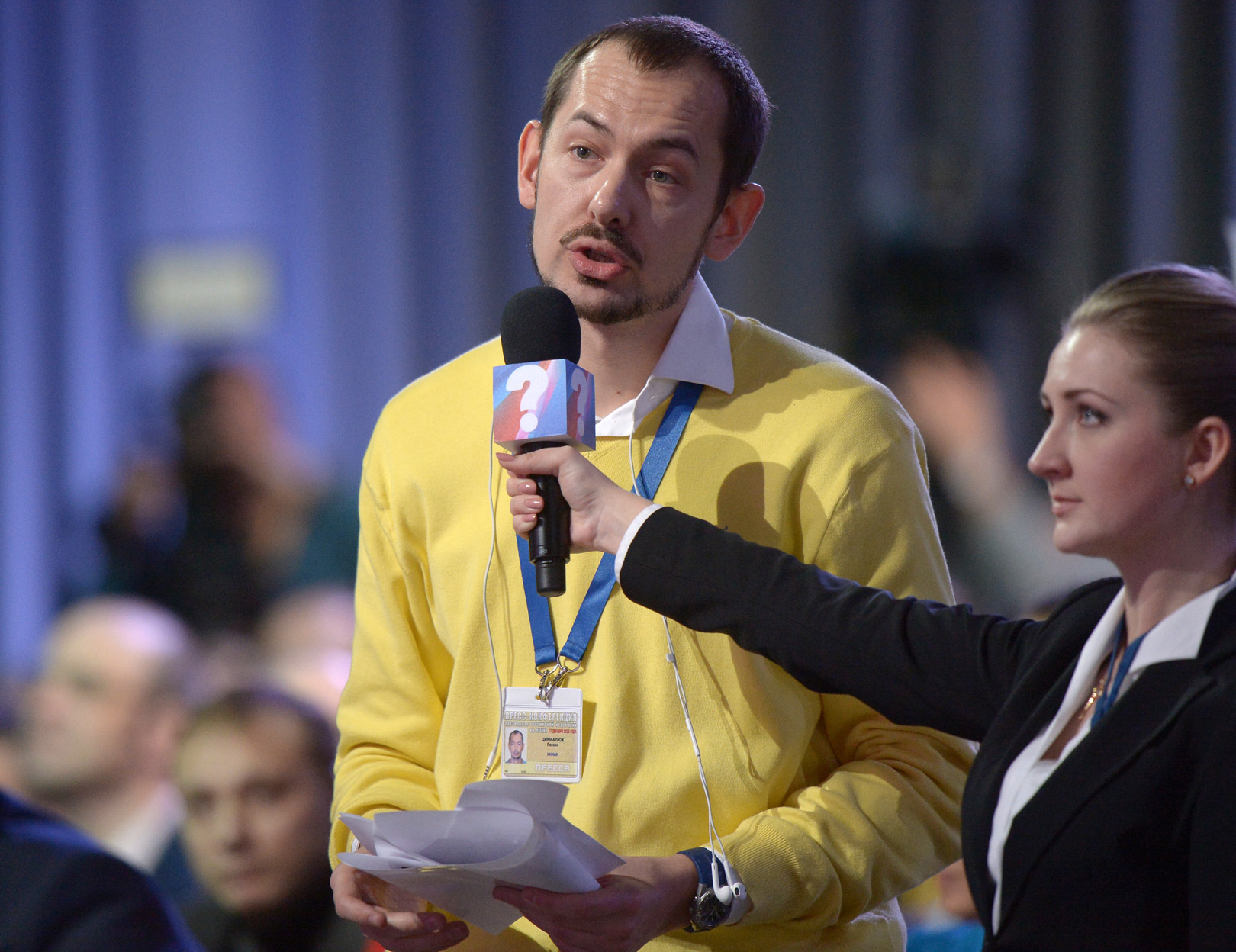
Roman Tsymbaliuk, an UNIAN staff writer in Moscow, said: “Even before the invasion, the Russian authorities had done everything possible to destroy the Ukrainian movement in the Russian Federation.”
Center for Strategic Communications and Information Strategy

